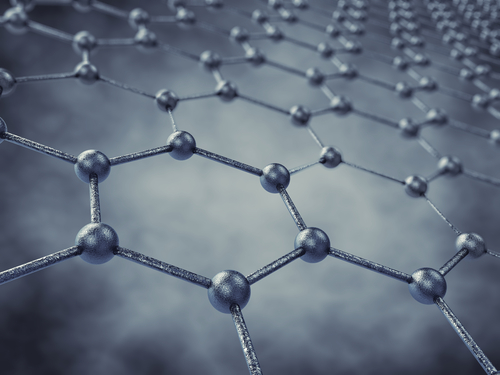UK Scientists Discover That Graphene Can Block Radio Waves

The wonder-material is likely to have practical applications in the telecommunications industry
Scientists from the Queen Mary University of London and the government-backed Cambridge Graphene Centre have discovered that in addition to its other unusual properties, the wonder-material graphene can also absorb electromagnetic radiation.
A research paper published in Scientific Reports suggests that graphene could be used to secure wireless connections and improve the efficiency of communication devices.
“The technological potential of Graphene is well-known. This paper demonstrates one example of how that potential can translate into a practical application,” said Yang Hao, co-author of the study and professor of Antennas and Electromagnetics at Queen Mary’s.
Breakthrough
Graphene is a one-atom thick sheet of pure carbon, arranged in a regular hexagonal pattern. It was first described in 1962, but actual samples were only produced in 2004 by researchers Geim and Novoselov from University Of Manchester, who received a Nobel Prize for their experiments six years later.
 Graphene is exceptionally strong, lightweight and flexible, and has conductive properties, enabling electrons to flow faster than they do in silicon.
Graphene is exceptionally strong, lightweight and flexible, and has conductive properties, enabling electrons to flow faster than they do in silicon.
The researchers describe how they stacked transparent sheets of graphene, supported by a metal plate and the mineral quartz substrate, to absorb the signals from a millimetre wave source. By doing this, they managed to increase the absorption of electromagnetic energy by 90 percent at a wide bandwidth.
The team says these properties could make graphene very valuable to the telecommunications industry, and have already started working on prototype applications.
“The transparent material could be added as a coating to car windows or buildings to stop radio waves from travelling through the structure. This, in turn, could be used to improve secure wireless network environments, for example,” explained Hao.
The Graphene Research Centre opened its doors at the end of 2013, aiming to streamline manufacturing of the useful material and help turn it into flexible, wearable and transparent electronics. It was financed by a £12 million grant from the Engineering and Physical Sciences Research Council (EPSRC), and £13 million contributed by 20 industry partners, including Nokia, Dyson, BAE Systems and Phillips.
What do you know about biometric technology? Take our quiz!